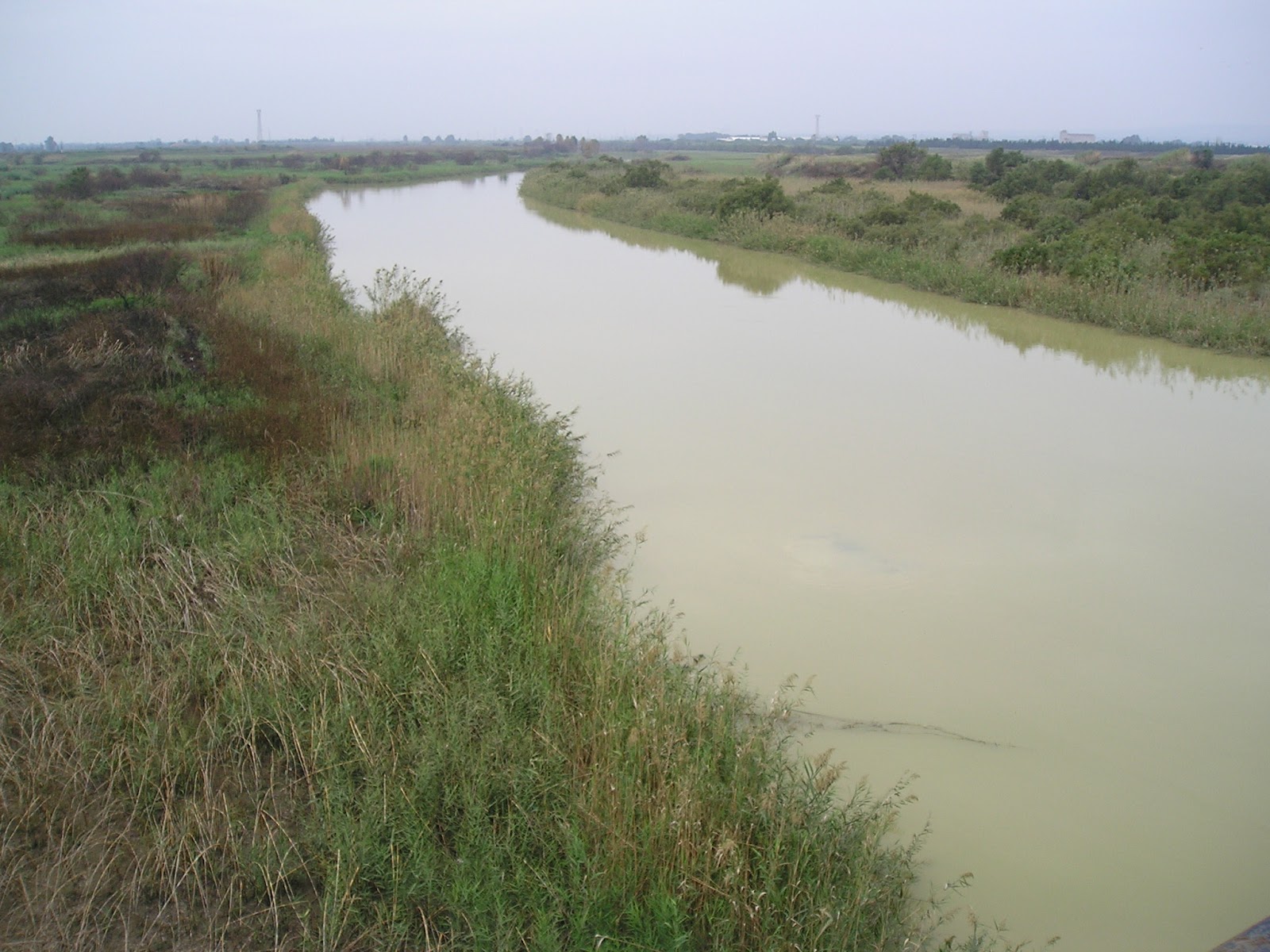This is the operational history of the German Army Brigade 191, known as the 'Buffalo Brigade', written by one of its members, Bruno Bork. The unit was equipped with the Sturmgeschutz III assault gun throughout WW2.
The unit started as Abteilungen 191, formed of three batteries of six vehicles each and an extensive tail of support vehicles, something that wargamers tend to forget. They were part of the artillery and wore the field grey of that branch rather than the black uniforms of the panzers. Their role was generally to support infantry units with close-range firepower. It was equipped with the StuG III and the short-barrelled 75mm L/24. This was upgraded to the long-barrelled L/48 at the end of 1942, which enabled it to knock out Russian tanks.
My main interest in getting this book was because they first saw action in the Balkan campaign of 1941. The unit was based near the Romanian oilfields at Ploesti. In March, they crossed the Danube at Giurgiu into Bulgaria, travelling across the Balkan Mountains through the Shipka Pass and down to the Greek border. It was a strange route for an armoured unit, which put a lot of strain on the vehicles. It took 14 days to overhaul and repair them.
The unit's baptism of fire came in the attack on the Metaxas Line, supporting I/Inf.Regt 100. Despite some remarkable driving in the mountains, they suffered serious casualties and didn't break through the lines. However, once the Greeks surrendered, they advanced through Salonika and down to Thermopylae before being sent all the way back to Moravia to refit for the Russian campaign.
In the early stages of the Russian campaign, they fought over some topical places in Ukraine, including Kyiv. The speed of the advance meant they were attacked by Luftwaffe bombers, despite having swastika flags on the top of the vehicles. Apparently, the Luftwaffe thought this was a false flag operation. It is worth remembering that German ground-air coordination was not always as good as claimed as this wasn't the last time this happened. The appearance of T34 tanks came as a shock, as it took 18 AP rounds to knock them out.
The Russian winter was the next shock, with a lack of winter clothing and adequate supplies. They supplemented these with captured Russian stocks, although one platoon ended up with super-diarrhoea when they translated 'Rata Aircraft Motor Oil' as 'finest salad oil'! The battalion was part of the thrust south into the Caucasus, and the descriptions of how they were used tactically are interesting. When working with the panzers, they were in reserve until the panzer spearhead came upon enemy resistance when they took cover while the StuG's took over. Needless to say, this wasn't popular, and they were pleased to get back to supporting the infantry.
Having reached the Caucasus, they had to retreat back via the fierce fighting in the Kuban Bridgehead and the Crimea. The unit was abandoned at Sevastopol, although many troops were evacuated. During the retreat, when they lost vehicles, crews were formed into ad-hoc infantry units. The unit was reformed and sent back to the Balkans, fighting in Romania, Yugoslavia and Hungary. The street fighting in Belgrade is another reminder of the importance of armour being supported by infantry. Finally, the unit ended up in Austria, where it surrendered to the Americans.
The author was a professional soldier before the war and served as an NCO before he was wounded. He ended the war as a Leutnant. While this isn't an entirely objective study, it's a bit vainglorious in parts, but it does give a detailed understanding of how assault guns were used in combat. It is also very readable, with more than 100 illustrations.
 |
| I was quite pleased with my 15mm StuG III and its flag until I read this book! |


.jpg)






.jpeg)












